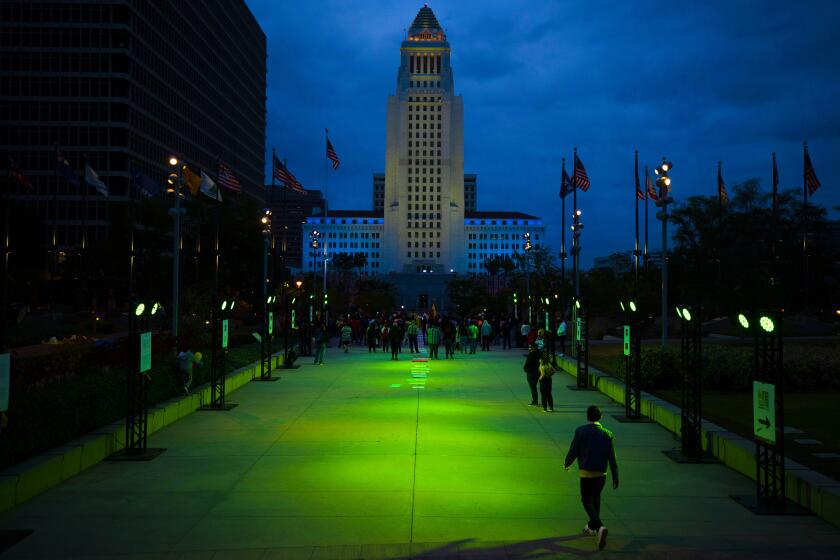Who’ll pay for San Onofre?

The decision to decommission the San Onofre nuclear power plant doesn’t end its saga, which instead promises to drag on for decades. There are long-term uncertainties about where to find replacement power for Southern California Edison customers and how long to allow the plant to take up beach space in Camp Pendleton before demolishing it. Before that, though, the state’s Public Utilities Commission will have to decide who should pay for the fiasco that led to San Onofre’s early retirement.
The answer is as clear as the imposing double domes of shuttered Units 2 and 3: The bulk of the financial responsibility belongs to Edison, starting with most of the $670 million that the plant’s new steam generators cost to buy and install. Design flaws in the generators led to unprecedented wear on their tubes, causing the plant’s initial shutdown in early 2012. Before they were purchased, though, Edison won PUC approval to have its customers pay a small monthly fee for the new equipment, which was supposed to see the plant at least to the expiration of its current licenses in 2022.
But ratepayers aren’t supposed to foot the bill for power they’re not getting. Once the plant had been dark for nine months, its closure triggered a PUC investigation that concluded the generator cost should not be included in ratepayers’ bills, according to commission President Michael R. Peevey.
GRAPHIC: Wear and tear at San Onofre
There are no such clear guidelines about who should pay for the additional $400 million or so in expenses that Edison incurred trying to fix the problem. Had it been caused by an unavoidable event such as a freak storm, such costs might have been fairly borne by customers. But that’s not what happened. Instead, the company managed to avoid the kind of regulatory oversight that the new generators should have received by convincing the U.S. Nuclear Regulatory Commission that they were essentially the same as the old generators. Clearly, they weren’t. In addition, Edison signed a contract with Mitsubishi Heavy Industries — which built the generators and, according to an NRC investigation, was responsible for the design error — that limited Mitsubishi’s liability to $135 million. Edison must bear the cost of those poor decisions.
That leaves the cost of decommissioning the plant. Ratepayers were going to have to pay for the plant’s retirement sooner or later; in fact, Edison already has $2.7 billion stashed away in a special ratepayer-funded account for this very purpose. But the cost could be considerably higher. Part of it might reasonably be charged to customers. But because Edison’s mistakes led to the premature retirement of the plant — which means customers will have also have to buy expensive replacement power — ratepayers should not take on the full cost.
More to Read
A cure for the common opinion
Get thought-provoking perspectives with our weekly newsletter.
You may occasionally receive promotional content from the Los Angeles Times.






